March 22, 2022
Hey there, readcashers! Have you enjoyed my virtual hike to the Middle East of Hong Kong? If you haven't read it yet, don't hesitate to click the hyperlink. But today, another beautiful spot in Hong Kong will be introduced. This country is not just about skyscrapers, Disneyland, and Ocean Park, as its countryside has more hidden natural features that you must discover.
Let's start this virtual tour!
Travel Galore presents...Venice of Hong Kong, the picturesque village of Tai O.
It's been my third time visiting this place but I will never get tired of going back there or seeing its beauty because the visit is always worth it.
In a secluded part of the West part of Lantau Island in Hong Kong, lies a fisherman's village called Tai O also known as "The Venice Of The Orient or Venice of the East" Why is it called Venice? You'll find out later.

Tai O village is the best place to visit if you want to experience a tranquil life rich in culture and heritage, be closer to nature, and taste the food freshly fetched from the sea. It is said to be one of the remaining and preserved old fisherman's villages of Hong Kong, enabling the visitors to experience and see the lives of fishermen in a paradise place so different from the bustling cities of Hong Kong.
From the main city, we traveled by MTR to Tung Chung station and rode a bus from there to the village. After more or less than 45 minutes, a tranquil place appeared at our sight. You wouldn't see Italian features or architecture in the village, but a traditional life where it seems like the past never changed and history is still preserved.
The village is called "Venice of the Orient or Venice of the East" as the houses resemble the stilt houses in Venice Italy. Additionally, there are small canals or waterways like in Venice, where fishermen dock their boats or transport them from one side to another of the village.

My friend and I planned things before visiting the village and purposely traveled earlier just to do all things on our bucket list. Our first list was boat riding, so we headed to the port to take a sampan or small boat tour. Unfortunately, there was no sampan boat going for a sea tour for visitors. It was supposed to be the best way to see the whole village of Tai O by the sea.

There were boats all over the corner of riverbanks but they seemed not in service. Probably because of Covid restrictions. Moreover, police officers were roaming around the whole day to check visitors not following the protocols.

Fish vessels and small fishing boats are all over the place as well. You could really tell that the main source of income of ordinary residents of the village is the sea. We opted to enter the village and roam around tilt houses.
The Fisherman's Village Tour

A picturesque village that is too different from the cities of Hong Kong. No tall buildings but stilt houses. No fancy life but simple living. No bustling streets but narrow alleys and waterways. No big supermarkets but seafood markets where you can buy fresh and dry seafood.

Some traditional stilt houses still stood tall by the riverbanks, while some have the same design like box houses and other modern tilted houses were concrete. Meanwhile, others were wooden and creatively decorated with arts and crafts. Clothes hung outside the windows and different flower pots of different kinds created colors on the balconies.

Children playing, villagers chatting, and boats seemed to be untouched by time below the stilt houses. The low tide made them float on the bottom of the waterways.

While roaming around the village, it seemed like I was in a different place and not Hong Kong. The simple living and narrow peaceful alleys reminded me of villages in my country.


The villagers don't only love fishing but planting flowers and different plants as well. There were houses with beautiful gardens and balconies full of flowers of different kinds and colors.

Footbridges
Since the river snakes through the village, there were footbridges everywhere connecting one part to another and giving easy access through the village. You can wander around the village through footbridges, and take a closer look at the villagers' lives inside their tiny, yet cozy stilt houses.
There were wooden footbridges and this sunki footbridge in the right photo was made by villagers in the past which is one of the main attractions in the village.

And some were concrete with steel. The top photo below is the main footbridge to the entrance of the Tai O village.

Chinese Temples, Traditional House, And Arts
There were temples found at any part of the village where people offer their prayers. Some were found at the center of the village, some below the mountain, and some behind the village near the lake. There were buddha altars too at some small alleys in different parts of the village.

A Chinese traditional-style house made in modern times would catch the attention of anyone who will pass by it. You would feel like you are in Chinese movies.

In the center of the village outside the Kwan Tai temple is a street mural, showing stilt houses and lives of the villagers. There were also benches around the area where visitors could relax while savoring the local street food sold nearby.

Several lanterns of different designs and colors hung on different alleys in the village. One spot inside the village probably is the main attraction during the Christmas season as Snow White and dwarfs seemed to be untouched despite the changes of the season.

As you wander around the village, you would see how artistic the villagers are by looking at the stilt houses' designs, the balconies of different colors and flowers, murals on different alleys and store walls, and crafts made from seashells and other sea products.
Local Food And Souvenirs
Aside from the stilt houses, footbridges, temples, and the picturesque village, another reason why people are visiting the place is to buy and taste the local food.
The village is one of the main sources of traditional Chinese dried seafood products and seasonings, such as shrimp paste and the popular XO sauce. You could see fresh seafood sold at the market and even on the boat, and prices are cheaper compared to the ones in the supermarkets.

You can taste the local seafood-flavored dishes in different restaurants, or grab different street food sold in different areas of the village. Fish balls, grilled octopus, local traditional pancakes, mochi, tart, dried and seasoned seafood, and the Tai O donut with a distinct flavor that makes it different from donuts sold at the city's bakeries.

We tried the Tai O donut and it was yummy. It's a crispy donut on the outside, soft creamy pudding texture on the inside, and coated with white sugar. No wonder why people were queueing for it. It was indeed different from other donuts in the city but cost us HK$15 per donut. It was worth it though.

There were handmade crafts and other Chinese design souvenirs sold in different streets in the village.

And different souvenir shops selling local crafts and other products from different parts of the world.

Tai O Pier and Promenade
Before heading back home, don't forget to take a walk through the Tai O promenade and sit down and relax after the long walk, and hike by the pier.

The promenade by the seafront near the pier is connecting another side of the village to the main part of it. The promenade also allows visitors to take instagramable photos of the mountains and the bay.

After the long walk on the Tai O promenade, you can sit down and relax on the benches found at both sides of the pier and enjoy the scenery of the surrounding mountains, the ocean, as well as the village by the bay.

And the backdrop of the bus terminus near the pier was another beauty to behold.

I hope you guys enjoyed this virtual tour to Venice of Hong Kong.
You missed something? That's probably the hike! You'll see it on my next virtual tour.
Thanks for reading.
TRAVEL GALORE VIRTUAL TOURS:
Escaping From Covid and Bustling HK City (Our Journey to Lung Kwu Tan)

Follow me on:
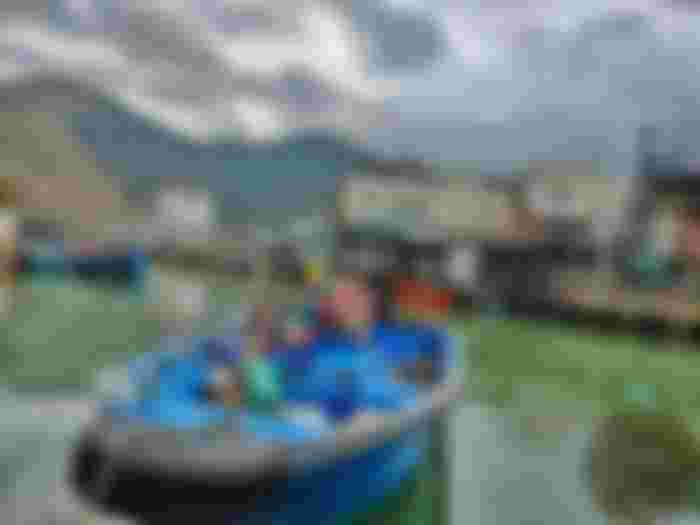
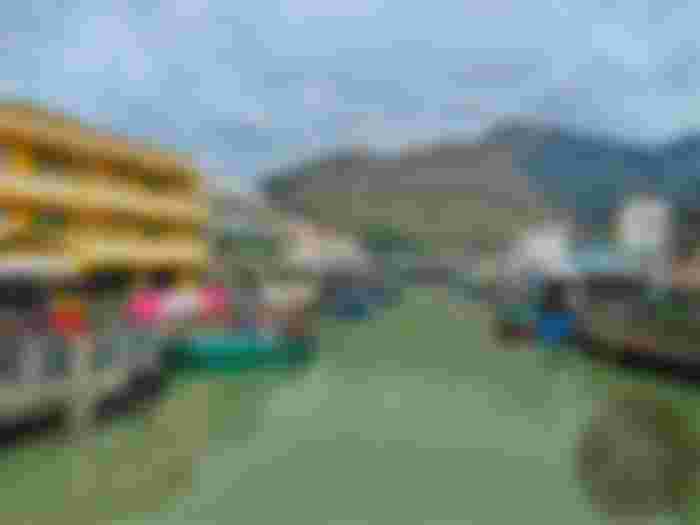

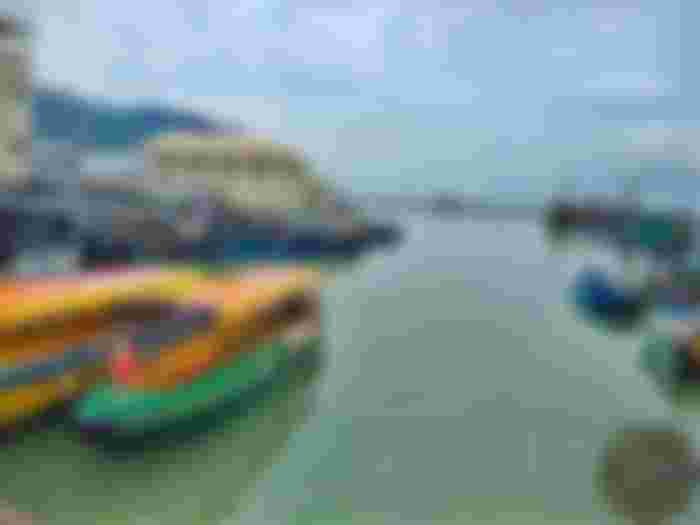

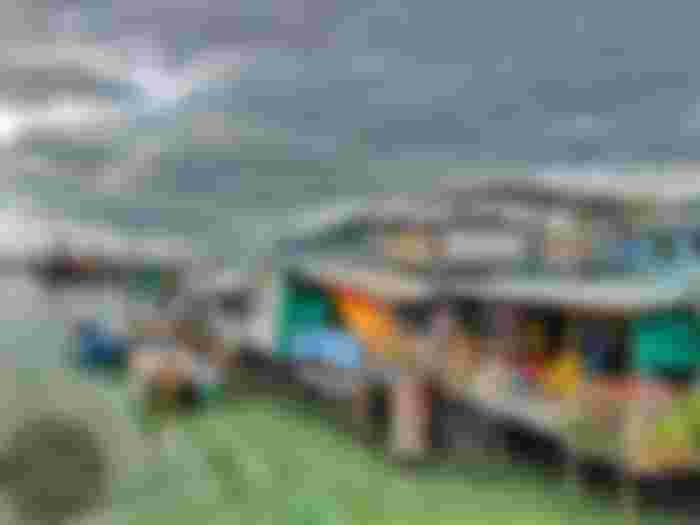
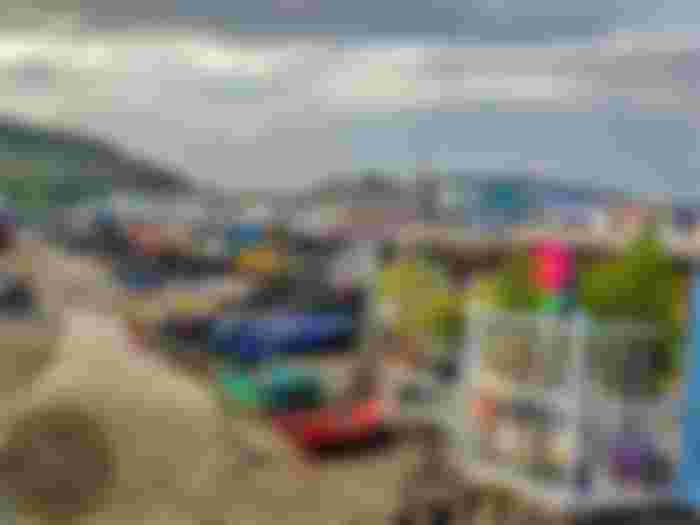
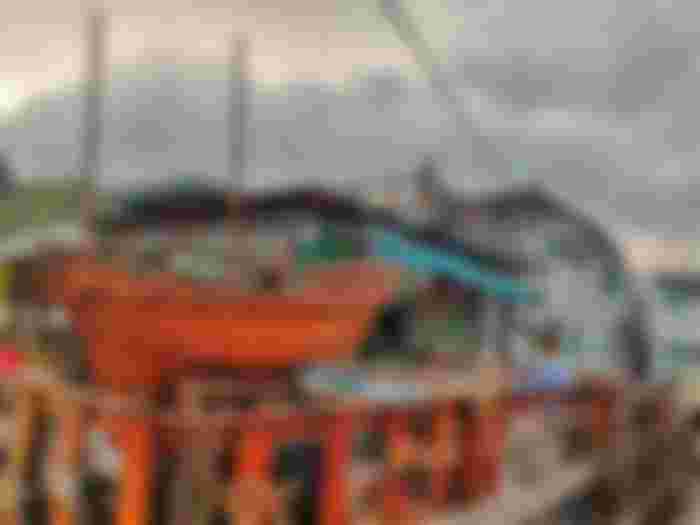
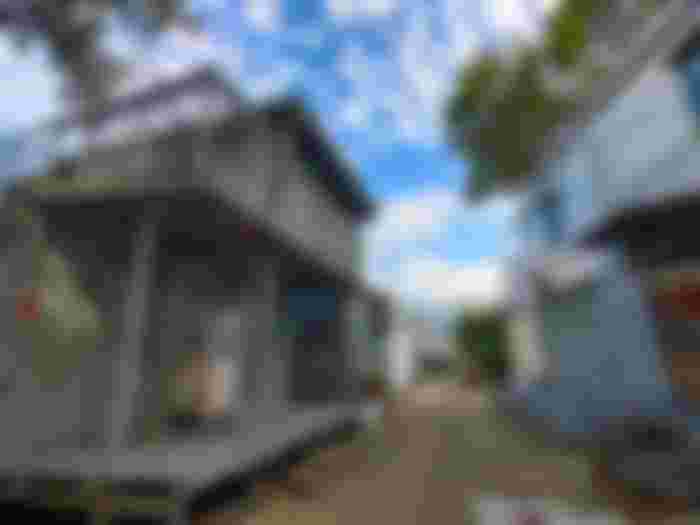
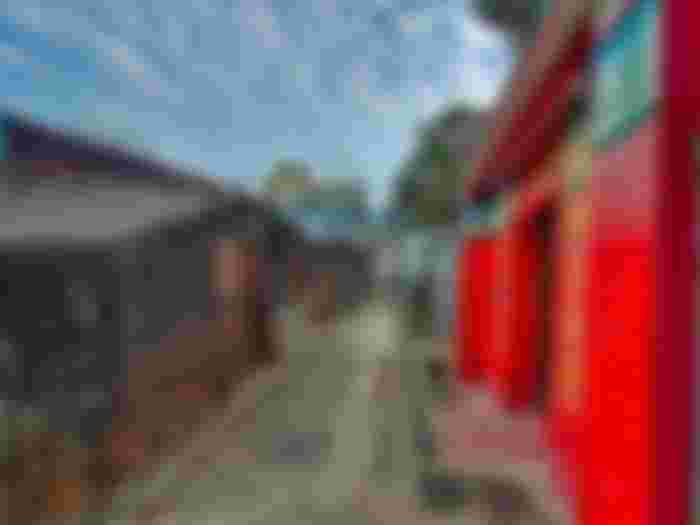
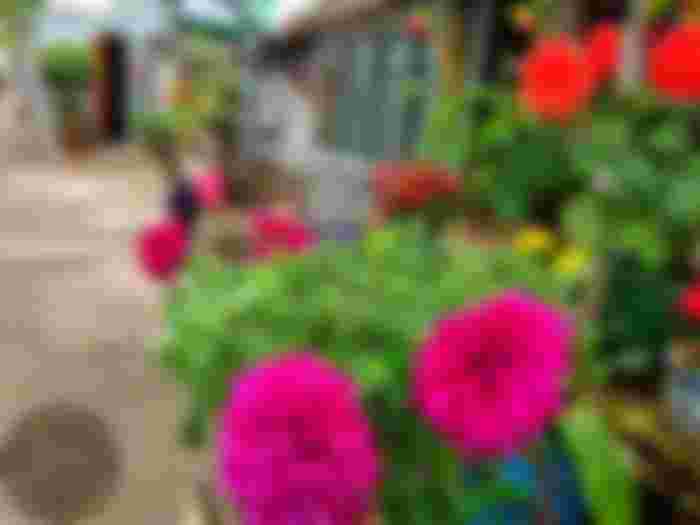
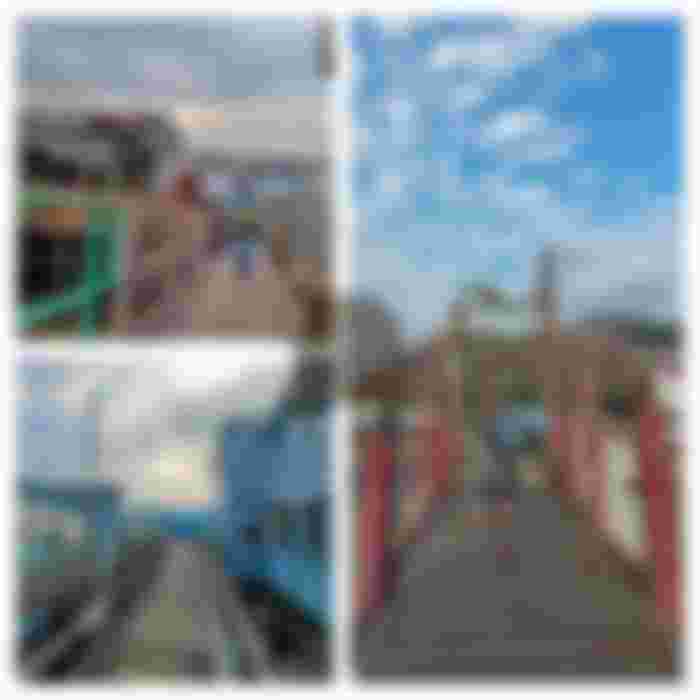
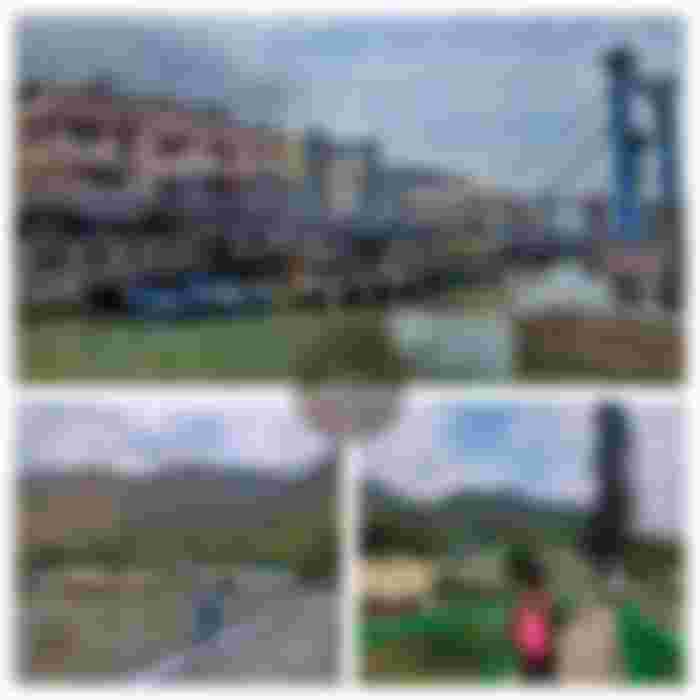
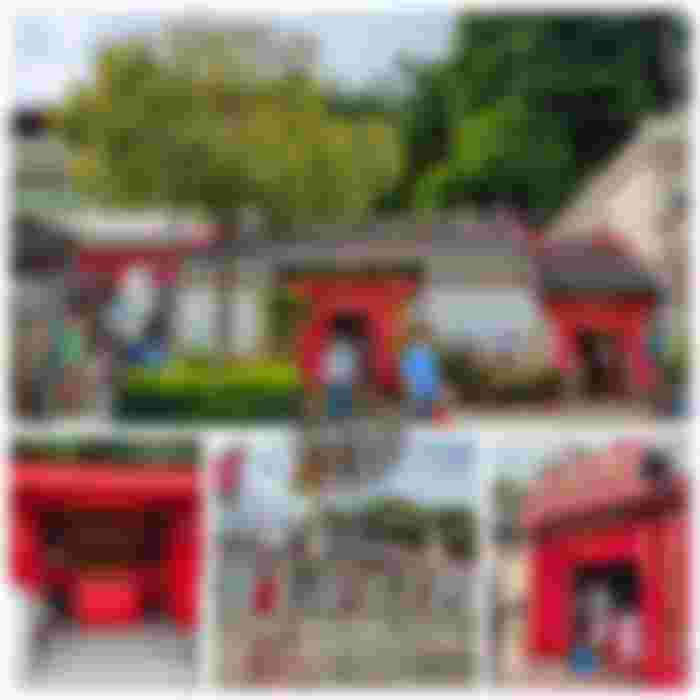
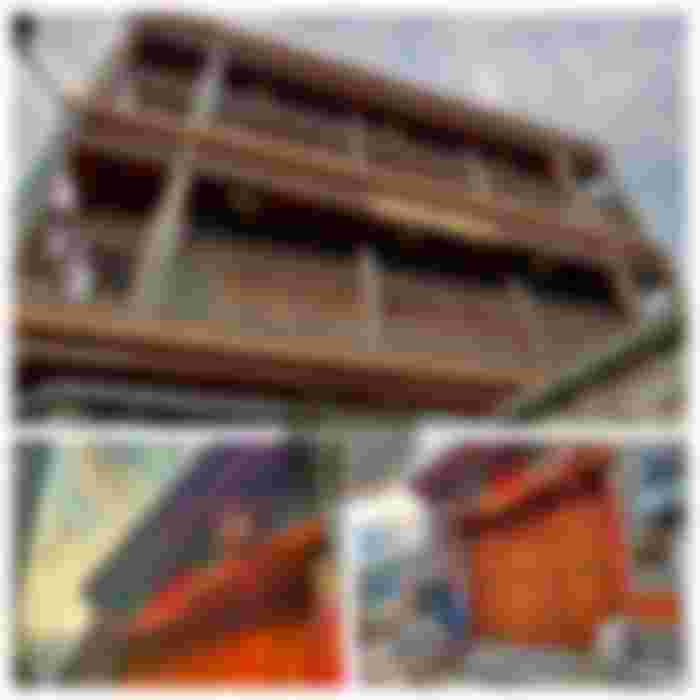
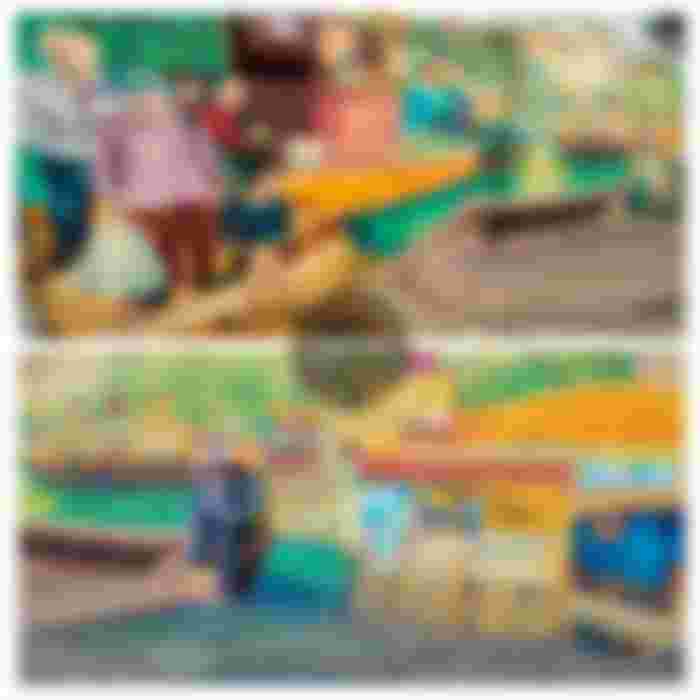

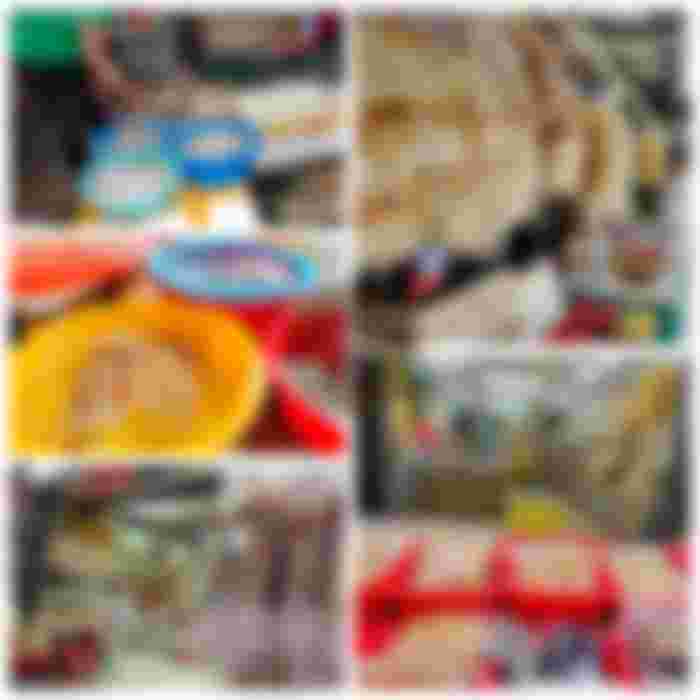
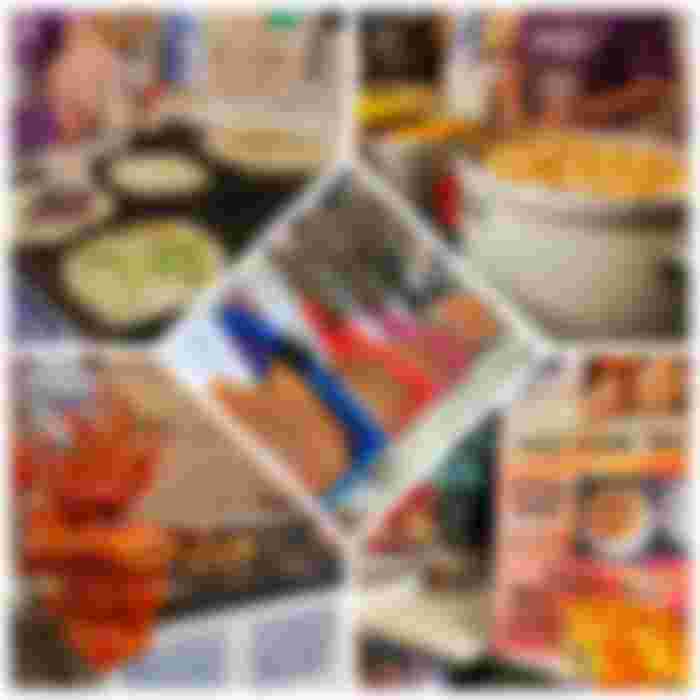
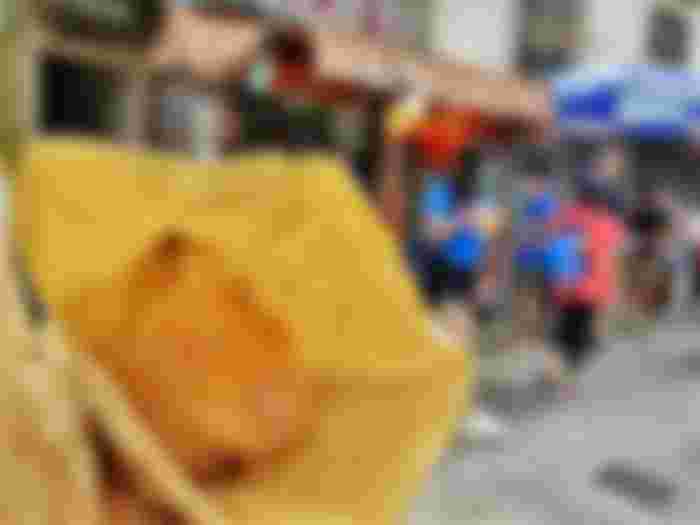
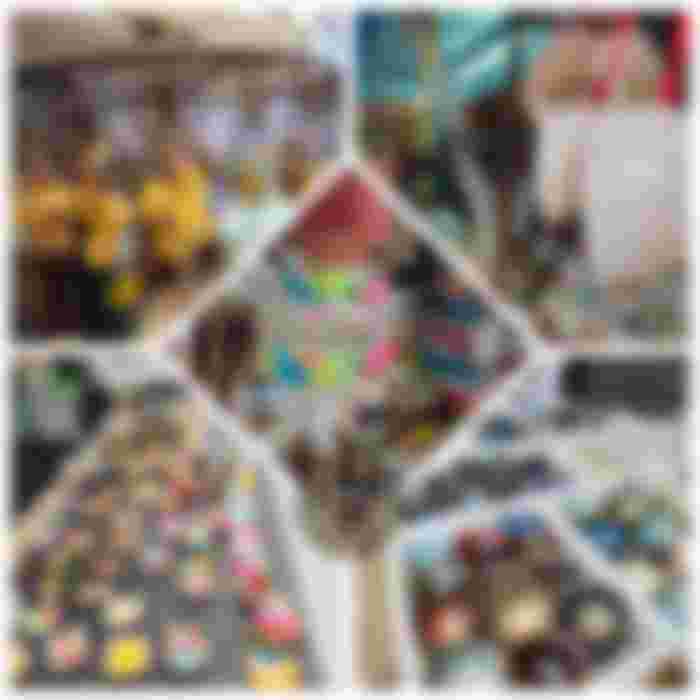






It's a nice place, and trust me your eyes will never get tired of seeing it. Places like this are worth visiting a million times. Sometimes i wonder what kind of wood is used to keep houses above the water, taking a you here will be interesting for me as i will learn a lot.